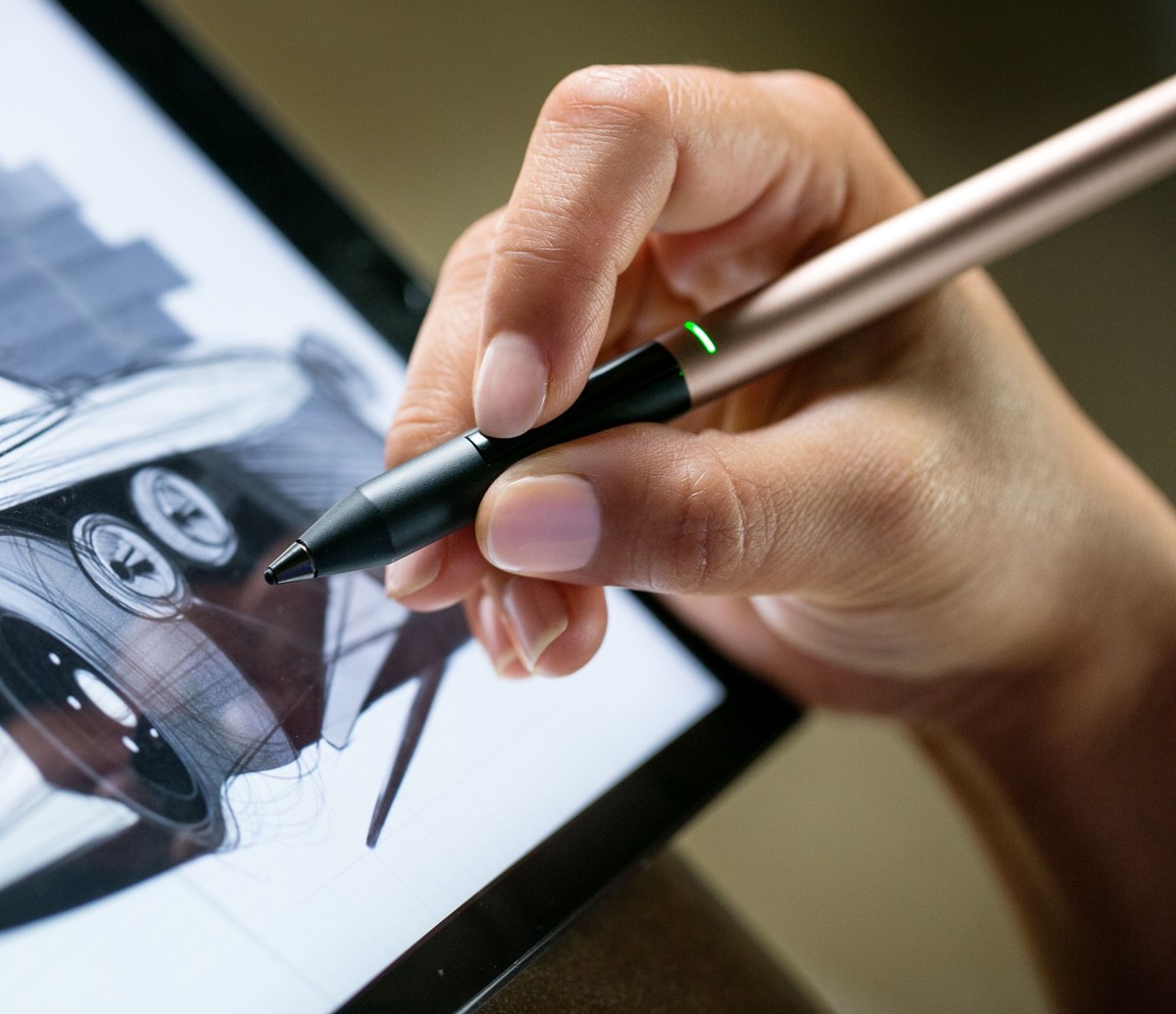Apple Pencil versus Adonit Pixel: what works best for your iPad Pro?
Before the Apple Pencil made its grand entrance into the world of high-end stylus pens, Adonit had the largest market share for the best stylus available for tablets and phones.
Even Wacom, which has dominated the market for graphic tablets for years, has been unable to compete with Adonit’s line of stylus for Android and iOS devices, mostly due Adonit’s focus on two things: low prices, and making stylus pens that actually look like pens, and not just the rubber end of a pencil.

Needless to say, Apple did its due research before releasing the Apple Pencil, and that research has paid off, with a writing and drawing device that feels as natural as a real pencil.
With that said, Adonit had to work extra hard to come up with a worthy competitor of the Apple Pencil, even if it means to hike up the price tag for a better quality stylus.
The Adonit Pixel was released recently and comes with specs and a price-point to match. Priced at $80, the Adonit Pixel is only slightly less pricey than the Apple Pencil, however its flexibility allows it to be compatible across all current iPad models, including both the 12.9 inch and 9.7 inch iPad Pro.
The Pixel is a good quality stylus, with a solid construction and many nice features, such as Bluetooth 4.0, compatible with the iPad Pro, 2048 pressure levels, offset correction (which makes the stylus more precise when tilted), palm rejection, and a grip sensor, which makes sure that the pencil won’t inadvertently interact with a touchscreen unless there’s a hand holding it.
Unfortunately, there are at least two drawbacks affecting the experience: first of all, Adonit Pixel requires a proprietary app to set up the stylus on an iPad. As easy and user-friendly as the setup app is, it’s still an extra step to go through that the Apple Pencil does not require, as it’s automatically detected and managed by iOS.
The other problem is that palm rejection is not as responsive using the Pixel, as it is when using Apple Pencil. In fact, using the Adonit Pixel with an app like GoodNotes will force the hand holding the Pixel into a somewhat awkward position while writing, as too much contact with the palm of the hand will result in a less responsive experience, while the Apple Pencil won’t have this problem, as palm rejection is automatically calibrated and aided by multiple sensors both in the Pencil and in the iPad Pro’s own hardware.
The Apple Pencil is definitely a better product than the Pixel, on the iPad Pro, even in spite of the price difference, which is not exactly huge. With that said, those who want a stylus compatible with iPad models other than the Pro, may want to consider the Pixel as one of the best options available for most tablets, running Android, iOS and Windows 10.